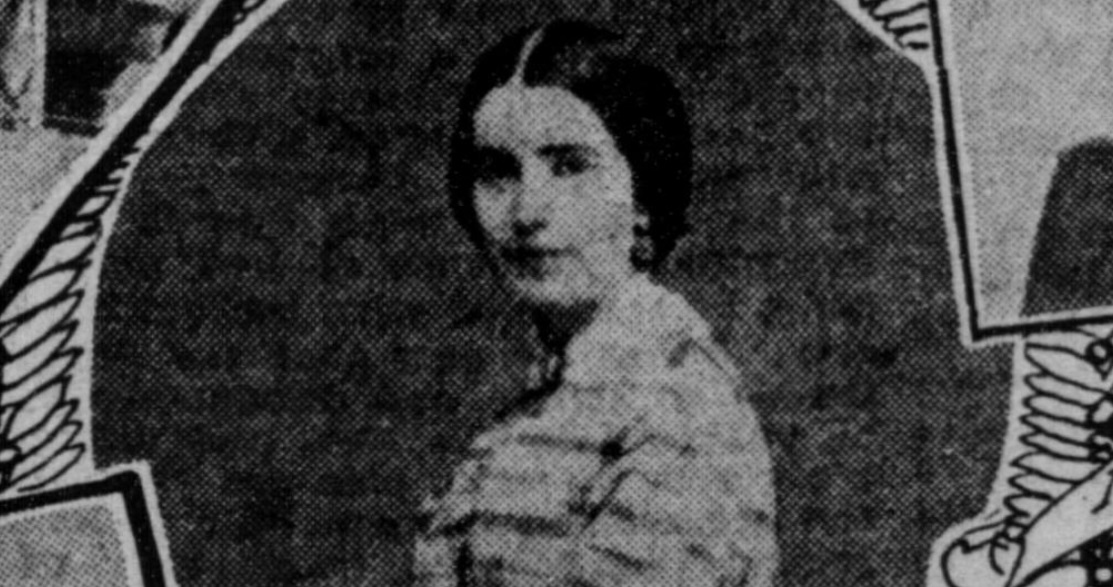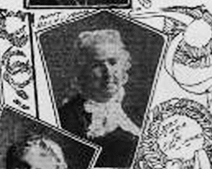Clara Jones: A Civil War Nurse

Emerging Civil War welcomes guest author John Lustrea
While only roughly 20% of all Civil War nurses were women, several notable women occupy a prominent place in our modern imagination when we think of Civil War nurses. Dorothea Dix, Clara Barton, and others have all been written about extensively for their incredible service comforting the afflicted during the Civil War. History may not have remembered all the nurses who served, but a series of letters from the National Museum of Civil War Medicine’s collection brings to light one of the forgotten heroes of the Civil War: Clara Jones.
Jones was 28 years old and single when the Civil War broke out in 1861. As such, she relied heavily on her salary as a teacher at Rittenhouse Grammar School in Germantown, Pennsylvania. “If I was in the midst of the distress, consequent upon a battle, lending a helping hand to the poor fellows, I would feel really happy in comparison — but here I am, tied to School,” lamented Jones to a friend.[1]
Her intense desire to help those who were suffering would not let her remain idle at home. Whenever school was out of session Jones promptly went to the front lines where she felt she could do the most good. During the Christmas and New Year holidays in 1861, Jones brought food and medical supplies to soldiers outside of Washington. In the summer of 1862 she spent a month serving on board a hospital ship, the State of Maine, and a month at the Lyceum hospital in Alexandria, Virginia. While there she caught typhoid fever which left her bedridden until November of 1862.
The brush with a deadly disease still did not deter her from lending her aid to ailing soldiers. In the aftermath of the Battle of Gettysburg, she rushed to the battlefield and nursed soldiers in the Second Corps field hospital.
In the spring of 1864, her missions of mercy to the Union lines were cut short by her sister Elizabeth’s poor health and eventual death. Between her teaching job and caring for the three surviving children, she could not leave home.

Although Jones’ Civil War service came to an end, her story did not stop at the end of the conflict. She was an active member of the Woman’s Permanent Emergency Association of Germantown which formed to help victims of the Johnstown Flood of 1889. She also worked closely with the Red Cross during the Spanish American War to send aid to American soldiers. She even had the impulse to go to Europe during World War I, but could not do so because of her advanced age.
In addition to having a heart for struggling soldiers, Jones had a desire to help her fellow volunteer nurses who served during the Civil War. As the president of the National Association of Army Nurses of the Civil War from 1906 to 1909 she led a charge to reform the Army Nurses Pension Act of 1892 to make it easier for volunteer nurses who were not on a government payroll to obtain pensions.
In short, Clara Jones lived a long life of advocacy and compassion. For a more detailed account of her life, read the series of four blog posts about her at www.civilwarmed.org/clara-jones1
John Lustrea is a member of the Education Department at the National Museum of Civil War Medicine. He earned his Master’s degree in Public History from the University of South Carolina. Lustrea has previously worked at Harpers Ferry National Historical Park during the summers of 2013-2016.
[1] Clara Jones to Lane Schofield, October 23, 1861.
Thank you for this lovely article, and for some publicity for the National Museum of Civil War Medicine, a sterling example of the modern museum movement.